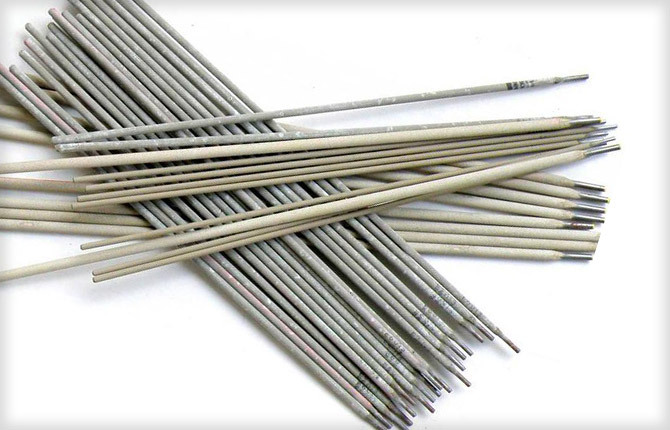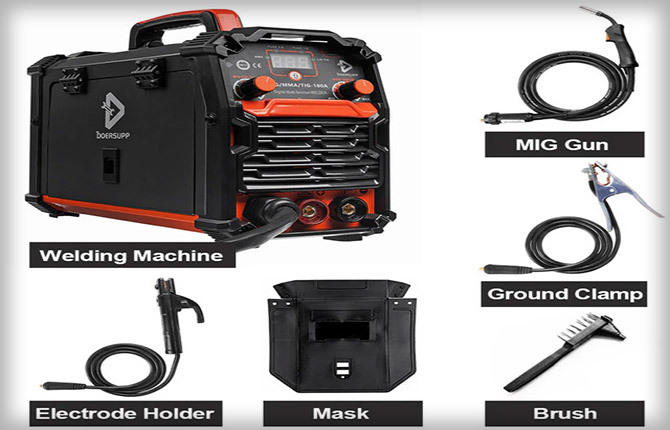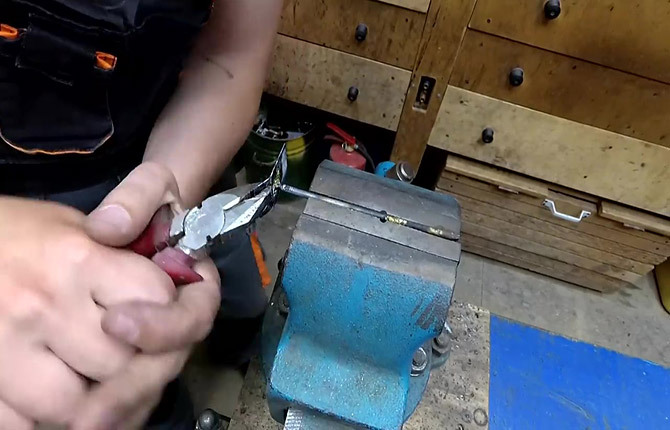In recent years, the business in the production of polypropylene pipes has become one of the most demanded in terms of financial stability. Stability could have been the envy of industries such as food or pharmaceuticals. The demand for polypropylene pipes will only grow, the situation will clearly not change for another 20 years, at least.
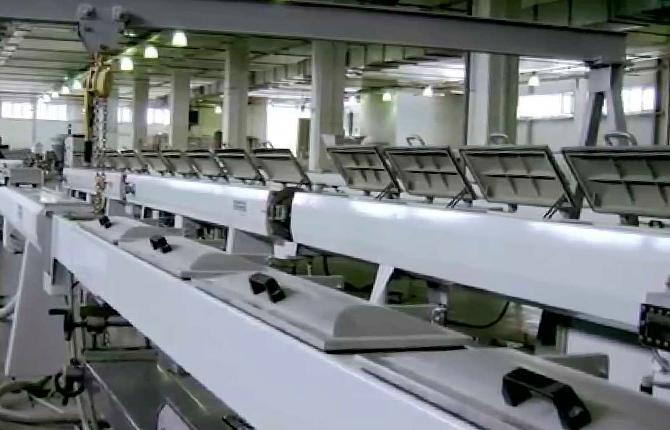
The content of the article:
- General information
- Positive properties of polypropylene products
- Features of production
- Pipe production
- What equipment is used for the production of products
- Raw materials for the manufacture of pipes
- Famous Russian manufacturers of polypropylene pipes
- Foreign pipe manufacturers
- Conclusion
General information
The attractiveness of the production of polypropylene pipes is based on two factors:
- superiority of polypropylene communications in terms of technological, production, operational criteria over steel pipelines;
- the cost of production, installation of equipment, maintenance of the technical process is much lower than that of traditional steel.
Another important plus is the simple assembly of communications based on polypropylene blanks No need train an employee, improve, maintain his qualifications, as, for example, a welder or electrician, spending considerable money. The docking technology is so simple that you can master it yourself in a few hours of hands-on training.
The production of products itself does not require significant capital investments; even a small company that has bought a line and raw materials can be engaged in the production of semi-finished products from polypropylene.
Positive properties of polypropylene products
The main pluses of polypropylene pipes - durability, strength and environmental friendliness of the material. Subject to the operating conditions, polypropylene does not react with alkaline or acidic solutions; when heated, it does not emit chlorine-containing volatile substances, as is the case with polyvinyl chloride. Another plus - the material does not emit fine dust like expanded polystyrene or polyurethane foam.
Manufacturing is more often focused on four main areas of application:
- water supply, gas supply and heating systems;
- supply of compressed air or inert gases;
- pipelines for pumping water, liquids, technological solutions, drainage lines for sewage, both at work and at home;
- the use of blanks as a protective sheath when laying electrical cables in the ground.
The polypropylene pipeline is able to withstand heating up to 90 OC for 1-2 minutes without losing its original shape. Typically, internal water pressure heating is limited to 75 OC at 5-6 At. In such conditions, a polypropylene pipeline will last for several decades.
Sewer pipes are less resistant to mechanical stress and thermal shock. But if you do not pour boiling liquids into the sewer, choose the right depth, then polypropylene pipes will easily live at least twice as long as the famous cast iron sewage systems.
In addition to pipes made of copolymers and polypropylene homopolymers, the production of products with mineral and fiberglass fillers has been established. For example, the addition of talc or calcium carbonate melt of 20-55% by weight makes it possible to obtain pipes, fittings, couplings with high decorative qualities and increased mechanical strength.
The addition of fiberglass 20-45% of the volume is used in the production of blanks for the construction of pressure mains of water supply. Plasticizers and elastomers ensure the high resistance of polypropylene to low temperatures. Such products are suitable, for example, for laying external sewer lines.
According to the production scheme, heavy metal salts and fire retardants can be added to the polypropylene mass. Accordingly, the polymer becomes self-extinguishing. Such pipes are not used for water supply, but they are perfect as a protective polypropylene sheath for electrical wiring.
Do you have polypropylene pipes installed?
Yes
0%
No
0%
No, but we are planning a replacement
0%
Voted: 0
Features of production
The market for polypropylene pipes accounts for about 1/5 of the volume of XLPE pipe blanks sold. This does not mean that polypropylene is inferior to PE on a number of criteria. On the contrary, polypropylene pipes are obtained of much better quality than analogs from cross-linked x-polyethylene.
The only drawback is that raw materials and equipment for production are more expensive, require more advanced technologies and trained personnel.
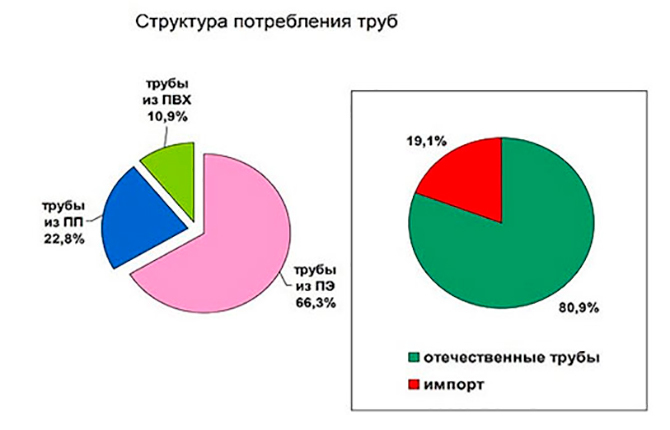
Today, almost the entire market for polymer pipes is filled with cheap polyethylene billets of Chinese, partly European production. As the production of polypropylene materials increases, the demand for PE is predicted to fall, even "collapse". The price for communications made of polypropylene will come close to the level of products made of PE as the volume of output increases.
The business in the production of polypropylene pipe billets is interesting in that it is focused on overhaul of existing communications, plumbing, gas, heating systems, hot water supply. This part of the market only grows as the housing stock ages.
Learn more about installation of polypropylene pipes on our website.
Pipe production
The technology for manufacturing a pipe billet is based on the process of extrusion of a superheated molten mass under high pressure through a special nozzle-die. In theory, the production of polypropylene pipes can be established even in the garage, which is what Chinese enterprises have been doing throughout the 90s of the last century.
The quality of polypropylene products was extremely low, so it was abandoned in favor of modern lines that provide multi-stage control, calibration, and correction of pipe dimensions.
The modern technological process for the manufacture of polypropylene pipe billets is as follows:
- Granular semi-finished product with additives is heated to a temperature of 240-250 ℃. Polypropylene granules melt and become semi-liquid. The melt is constantly stirred to improve flowability.
- With the help of an extruder, the mass is pressed through the holes of the die. The output is a pipe billet, but not hardened. To maintain its shape, water is supplied to the walls of the workpiece. The outer polypropylene layer hardens, but the material still retains its ductility.
- Slightly cooled pipe billet is calibrated by crimping or vacuum. At this stage of production, the polyethylene pipe cools down and takes on its final dimensions.
One line produces about 200 kg of billets per hour. The pipe is inspected visually, marked, cut into blanks and stored. In general, the production process looks simple, but the real situation always has nuances.

The quality directly depends on the equipment and the level of personnel training
The durability and performance of the pipe are 60% determined by the quality of the polypropylene granules. Any attempts to speed up the production process, change the recipe with an increase in the proportion of Chinese polypropylene, replacing the original equipment with a cheaper analogue lead to a sharp deterioration in the quality of the pipe blanks.
What equipment is used for the production of products
What is the cost of a pipe making line?
A standard line for the manufacture of pipes from polypropylene in a budget version includes 10-12 technological units for various purposes. It costs at least 250-300 thousand. rub. Modern lines for the automated production of polypropylene pipes are in the range of 1900-2500 thous. rubles, but this is already a guarantee of quality and sustainable production of products.
The minimum complete line consists of the following units:
- heating chamber with raw material receiving hopper. Usually it is a container made of corrosion-resistant steel with thermal insulation of the walls, with a gas or electric heater;
- extruder with replaceable die block. A screw is used to create pressure. If several components are used according to the recipe, then a disk supercharger is used;
- a device for transporting uncured pipe billets to the cooling and calibration zone. Several tapered Teflon-coated rollers rotate to push the hot workpiece into the cooling zone;
- closed water baths - more often it is a horizontal cylindrical container with an inlet and outlet, closed with insulating glands;
- automatic pipe cutting machine into standard length segments - high-speed carbide-tipped disc with cooling of the cutting line;
- vacuum calibration vessel or roller calibrator;
- marking device - a shaft coaxial to the pipe with a replaceable stamp and a disc that applies longitudinal stripes of a certain color;
- workpiece packer - forms packages from pipes;
- loading conveyor;
- warehouse.
Usually, one thread of a polypropylene blank is rolled into a spool, weighing no more than 1200 kg. The holes are closed with plugs, and the material itself is covered with PVC film.
Billets of large diameter are cut into 5 m segments and stacked in bundles. The total shelf life of products in the warehouse is no more than a year, with a shelf life of 2 years. Information about the date of manufacture and the batch must be applied to the pipe along with the marking.
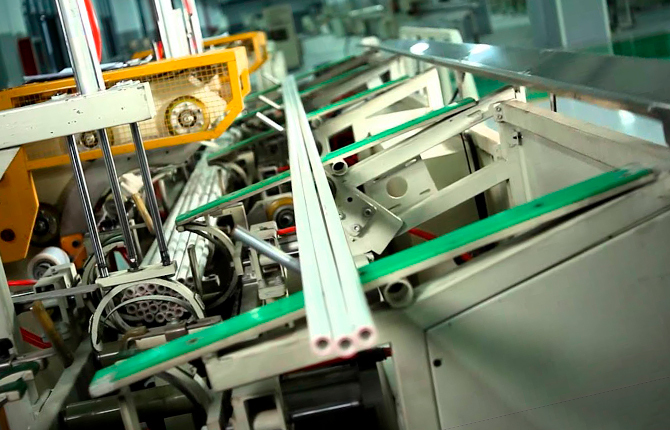
Polypropylene, both in granules and in the form of finished products, decomposes under the influence of ultraviolet radiation, therefore, the storage area of the material must be protected from sunlight, direct rays of halogen or mercury lamps.
The second production problem is air humidity. The production of polypropylene pipes is adjusted to a certain content of water vapor. Any deviation from the norm leads to the appearance of caverns, fistulas, streaks. Therefore, the premises for the production of polypropylene blanks are equipped with a ventilation system.
Raw materials for the manufacture of pipes
Prepared granules of primary polypropylene and cross-linked polyethylene are used as raw materials. Depending on the nature of the finished product, two types of recipes are used in production:
- for sewer pipes, the original granulate consists of a polypropylene homopolymer. It is 100% highly purified polymer;
- for pressure lines, water pipes, heating, hot water supply systems, a mixture of polypropylene and cross-linked ethylene is used.
In the first case, raw materials are purchased from domestic producers with a small addition of imported material, most often Turkish and Chinese. Secondly, imported ready-made mixtures are used.
Famous Russian manufacturers of polypropylene pipes
The production of polypropylene pipes often uses foreign equipment, so the quality of products depends on the correct choice of raw material supplier. The list of the most famous Russian manufacturers of polypropylene-based pipes is as follows:
- Cosmoplast company. Produces polypropylene pipes, fittings, couplings for water supply and heating systems. Raw materials and equipment were purchased from the EU countries.
- YarInterPlast. Produces polypropylene pipes for water supply and sewerage systems. Uses Cincinnati Extrusion equipment;
- "Polytron". A large manufacturer of non-flammable polypropylene pipes, fittings for sewerage, non-pressure water communications. Uses imported equipment from leading European manufacturers ZWICK, BINDER, SCITEQ.
Most of the technological lines were purchased more than 10 years ago, so the production is carried out according to outdated technologies and recipes. The raw materials are predominantly Russian.
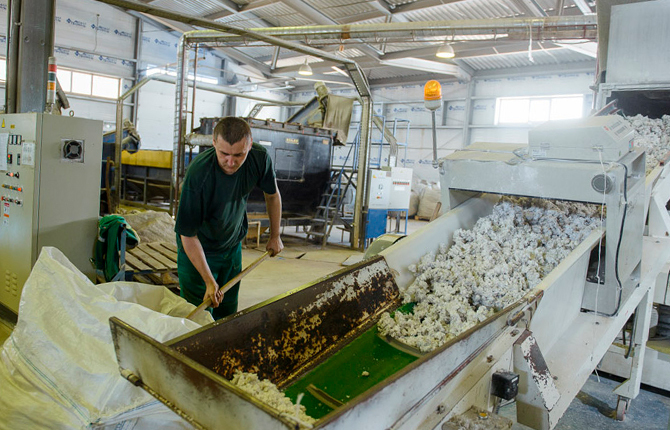
Foreign pipe manufacturers
The following are popular among foreign manufacturing companies:
- Ekoplastik, Czech Republic. The company produces PP materials for industrial and domestic pipelines. Pipes are distinguished by good weldability, resistance to low temperatures;
- German manufacturing firms - Rehau, Wefatherm, Banninger. The products are of high quality polypropylene, but clearly overpriced;
- Valtek, Italy. High quality material. Installation possible with crimp, brass press fittings.
In addition to the products of the EU countries, polypropylene pipes made in China, but under the British trademark Blue Ocean, are popular. The quality is practically not inferior to European, although the price is lower, plus a 10-year warranty for products.
Conclusion
The production of polypropylene pipes directly depends on the precise operation of the equipment and the technology used. As a rule, developments of German chemical companies and manufacturing plants are used in the world. Therefore, it is best to buy PP pipes made on original or licensed equipment in Germany, Czech Republic, Austria.
What do you think, pipes of which production is better to buy - domestic or European? Write in the comments. Bookmark the article. Share it on social media.
